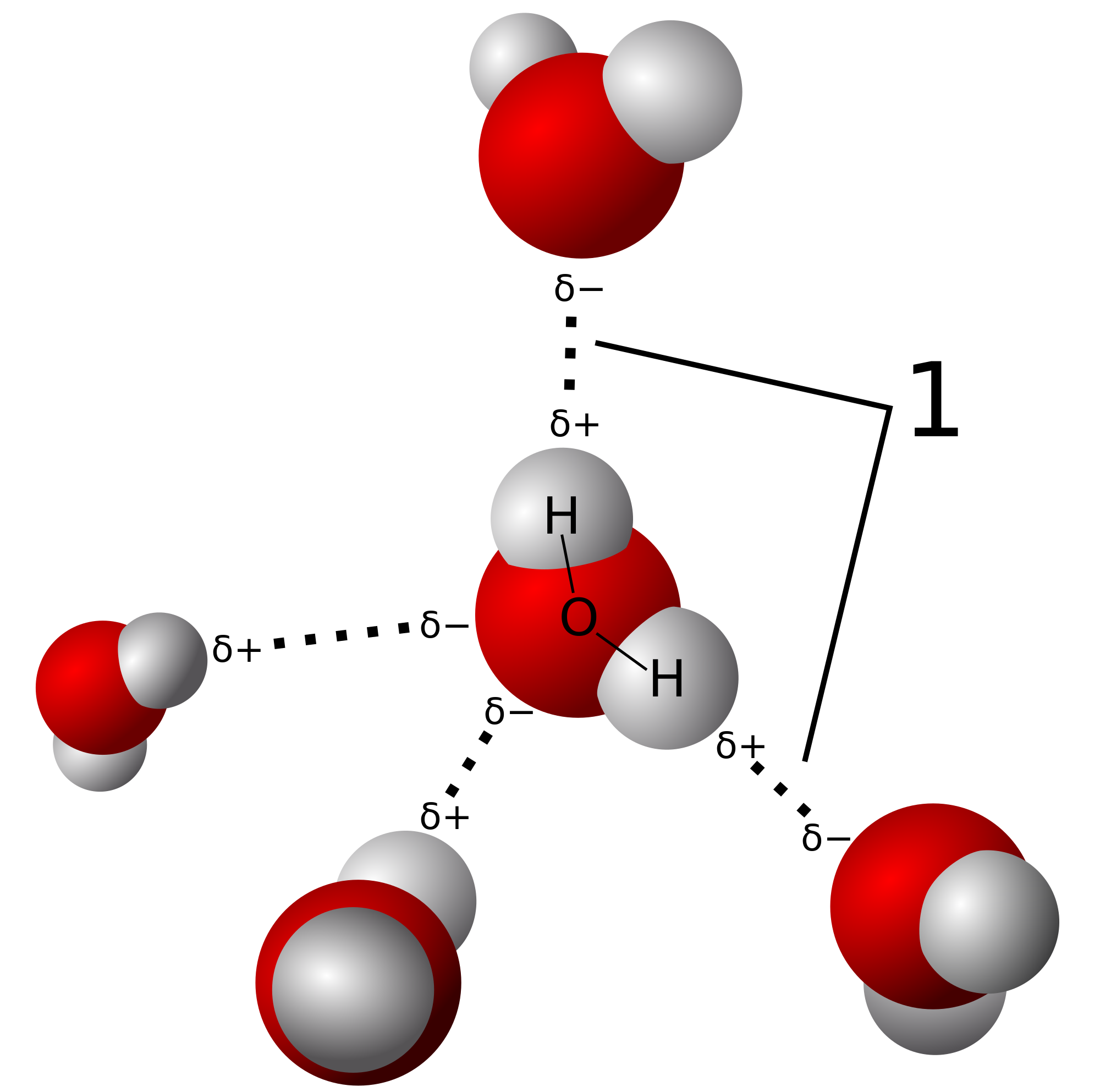Using the power of the microwave
What is EPR (also called electron spin resonance, ESR) spectroscopy?
EPR spectroscopy utilizes the quantum nature of electrons by exciting them with microwaves, doing so creates a transition between the magnetic energy levels of electrons changing the 'spin' and angular momentum of the electron. This is called the Zeeman electronic effect, see below:
The spin 'up' and 'down' states are also given the 𝜶 and 𝜷 notations, respectively. 𝛥E corresponds to a microwave region in the microwave region in the electromagnetic spectrum, which is applied to the analyte, allowing two spin states to occur. The EPR spectrometer records these transitions and represents them in an EPR spectra. Compare this to NMR spectroscopy - which uses the nuclear 'spin' transitions as a result of blasting different radiofrequencies at the analyte using a magnetic field.
Typical EPR spectrometers operate at the 9-10 GHz range, otherwise known as the 'X-band' range. There are other bands used, however:
- 'L-band' : 1-2 GHz
- 'S-band' : 2-4 GHz
- 'Q-band' : 35 GHz
- 'W-band' : 95 GHz
More modern machines, such as the FT-EPR spectrometers are capable of much higher resolution spectra, which has allowed us to explore even more types of chemical species, such as the paramagnetic center found in a metalloprotein (like methemoglobin). I'll just drop in an interesting article where the blood (ionized by radiation) of Chernobyl workers were analysed using EPR spectrometry, here.
The EPR spectra
The EPR spectra is recorded in the form of the derivative of the very first peak in the spectra (see above). Why? This is because this form is more sensitive to the microwave signal, improving the signal : noise ratio, On the spectra, the absorption maximum is where the derivative is equal to zero - this is also the point where the magnetic sample Bsample is recorded. We find the g-value of the sample using the following equation:
𝛥E = hv = gsample x 𝜇B x Bsample
The g-value, is calculated experimentally as the frequency of the wave v, is precisely known in modern spectrometers and h being the Planck constant, and 𝜇B being the Bohr magneton (a constant). Older spectrometers must be calibrated based on gsample and comparing it with Bsample. g-values provide diagnostic information about the analyte you are investigating. Paramagnetic metal centres, for instance, the g-value is characteristic of the oxidation state, coordination numbers and even the symmetry of the molecule. System with cubic symmetry (Td, Oh, and Ih) on the other hand, the g-value will depend on the principle axis when applied to the magnetic field. Samples are placed in magnetic fields on three orthogonal planes.
- For example, Anisotropic systems with axial symmetry have two axis (x,y) which are different from a principal axis (z). This results in two g-value, g⊥ (perpendicular from the principle axis) and g∥ (parallel to the principle axis). How does this relate to the symmetry? Well: gxy = gxx = g∥, while, gzz = g⊥. These values only arise depending on whether or not the molecular principle axis is aligned with the magnetic field or not. Other anisotropic systems, where the x, y, z values are unique, consequently giving rise to three g-values: gzz, gxx and gyy.
- Isotropic systems on the other hand, such as a metal complex with 6 ligands (MX6 species,Oh symmetry), are a bit simpler, as the three g-values that arise all equal each other: gxx = gyy = gzz = giso. This is because these molecules are perfectly symmetrical.
I'm unable to show these types of symmetry in EPR, however, this source from the University of Manchester provides a good visual of the spectra produced from isotropic and anisotropic systems outlined above.
Some examples of spectra:
Some examples of spectra:
Other information from EPR spectra include the nuclear spin quantum number (I), which is close to the paramagnetic centers (which is what EPR highlights). Where I =/= 0, the free electrons present in the paramagnetic species interact magnetically with the nuclei, causing a hyperfine interaction.This leads to further splitting in the Zeeman electronic effect, increasing the energy differences between spin states. However, this results in far more complicated spectra than shown above.
Of course, this is just an extremely brief overview of EPR spectra - however, this type of spectroscopy has wide applications from inorganic chemistry, identifying compounds in organic chemistry. It even has applications in biochemical systems, such as metal complexes found in proteins (Cu2+, Fe2+ etc.).









